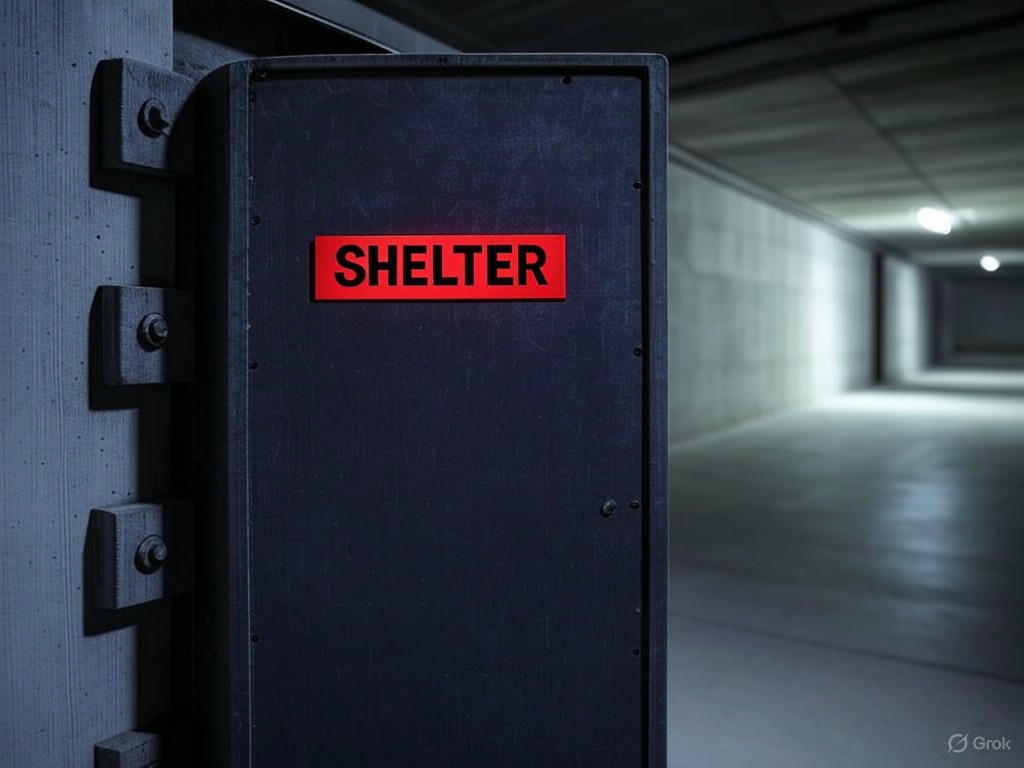Surviving the Unthinkable: Where to Hide During a Nuclear Blast
In a world where global tensions can escalate unpredictably, the specter of a nuclear explosion, though remote, remains a chilling possibility. While the immediate devastation of such an event is unimaginable, science offers critical insights into survival for those beyond the initial blast zone. Recent studies highlight that in areas where buildings withstand the catastrophic force of a nuclear detonation, the real danger often lies not in structural collapse but in an invisible, deadly threat: radioactive fallout. Understanding where to seek shelter in such a scenario could mean the difference between life and death.
Picture this: a nuclear blast has occurred, and you’re far enough from the epicenter to avoid the immediate fireball and shockwave. The buildings around you still stand, but danger is far from over. Radioactive particles, carried by the wind, begin to settle over the area in a phenomenon known as fallout. This invisible dust can penetrate through openings, seep into cracks, and expose survivors to lethal doses of radiation. Experts emphasize that the key to survival in this phase is finding a location that minimizes exposure to these harmful particles. The ideal hiding spot isn’t just about physical barriers; it’s about strategic positioning to avoid contamination.
Research suggests that the safest place to take refuge is in the core of a sturdy, intact building, ideally in a basement or an interior room with no windows. These areas provide the most protection from radioactive particles that can infiltrate through external walls or openings. Basements are particularly effective because they are below ground level, offering a natural shield against fallout settling on the surface. If a basement isn’t accessible, aim for the center of a multi-story building, as far from exterior walls and the roof as possible. The logic is simple: the more layers of material between you and the outside world, the better your chances of avoiding radiation exposure. Additionally, sealing off vents, windows, and doors with duct tape or plastic sheeting can further reduce the risk of contaminated air seeping in.
Beyond location, timing is critical. Fallout is most dangerous in the first 24 to 48 hours after a blast, as radiation levels are at their peak. Staying sheltered during this window is vital, even if it means enduring cramped or uncomfortable conditions. Experts also advise having a stockpile of water, food, and a battery-powered radio to stay informed about rescue efforts or evacuation instructions. While the psychological toll of such an ordeal is immense, preparation and knowledge can provide a sense of control in an otherwise chaotic situation.
The thought of a nuclear event is harrowing, but science offers hope through actionable advice. By understanding the nature of fallout and prioritizing shelter in the heart of robust structures, survivors can significantly boost their odds of enduring the aftermath. While we hope such knowledge is never needed, being informed is a powerful step toward resilience in an uncertain world.


